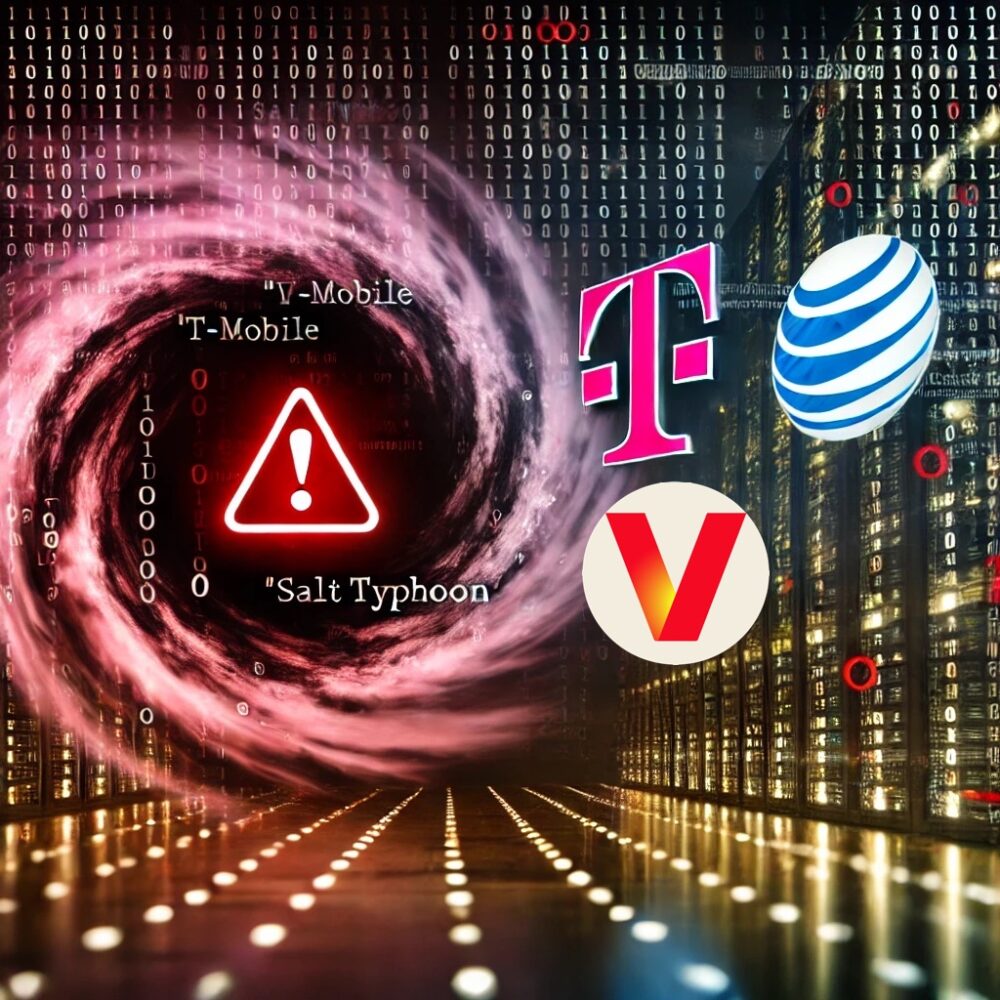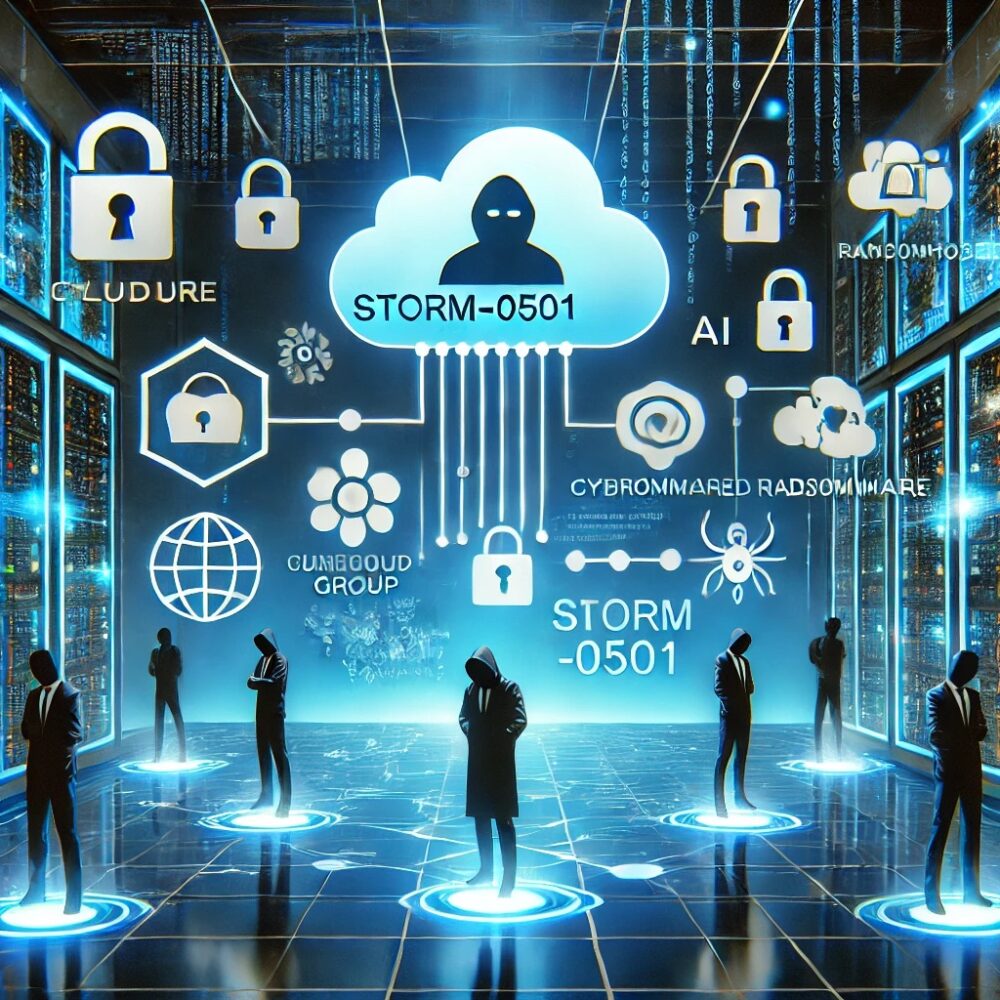As digital technologies continue to penetrate every aspect of modern life, the escalation of advanced cyber threats calls for proactive defense mechanisms and a rigorous commitment to cybersecurity innovations.
Posts Tagged
Cybersecurity Defense Strategies
The Salt Typhoon: A Wake-Up Call for Cybersecurity in the Corporate World
An in-depth look at how the Salt Typhoon breach unfolded, the extent of its damage, and how similar attacks could potentially unfold in the future.
Understanding the Threat of Cyberattacks on Cloud-Hosted Businesses
As small business owners and startup companies increasingly turn to cloud hosting for their websites and operations, it’s vital to understand the potential risks involved, especially from sophisticated cybercriminal groups. Recently, Microsoft has reported on a threat actor known as Storm-0501, a financially motivated cybercriminal group that has been launching multi-faceted attacks on hybrid cloud environments across various sectors in the United States, including government, manufacturing, and law enforcement.
What is Storm-0501?
Storm-0501 has been active since 2021, originally targeting U.S. school districts with ransomware known as Sabbath. Over time, this group has evolved into a Ransomware-as-a-Service (RaaS) provider, deploying various strains of ransomware, including Hive, BlackCat, and Embargo. Their operations have become increasingly sophisticated, leveraging a mix of commodity and open-source tools to infiltrate both on-premises systems and cloud environments.
The Threat Landscape
For businesses that host their operations in the cloud, the threat posed by groups like Storm-0501 is significant. They are known for:
- Infiltration: Using a variety of methods, including exploiting vulnerabilities in widely-used software like Zoho ManageEngine and Citrix NetScaler, to gain unauthorized access to systems.
- Data Exfiltration: Once inside, they can steal sensitive data and credentials, which allows them to move laterally between on-premises and cloud environments.
- Persistent Backdoor Access: Storm-0501 often establishes long-term access to systems, making it easier for them to execute future attacks or deploy ransomware at a later stage.
- Ransomware Deployment: Their focus is on extortion, using advanced encryption techniques to lock down data and demanding payment for its release.
The Risk to Cloud-Hosted AI Tools
One critical aspect to be aware of is that AI tools deployed through cloud services can also be vulnerable to such attacks. When these tools are integrated into your operations, they become part of your overall digital environment. If a threat actor like Storm-0501 gains access, they can exploit these tools to execute their plans, making it essential for businesses using cloud-hosted AI solutions to adopt robust security measures.
Strengthening Your Defenses
Given the growing sophistication of cyber threats, here are some best practices for small business owners and startups to consider:
- Regular Software Updates: Keep all software up to date to patch vulnerabilities that could be exploited by attackers.
- Strong Authentication: Implement multi-factor authentication (MFA) to protect accounts and reduce the risk of credential theft.
- Employee Training: Educate employees about phishing and social engineering tactics, as these are common methods used by attackers to gain initial access.
- Data Backups: Regularly back up your data to minimize the impact of ransomware attacks. Ensure backups are stored securely and are not directly accessible from the network.
- Monitoring and Alerts: Use monitoring tools to detect unusual activities in your systems and set up alerts for suspicious behavior.
- Consult Cybersecurity Experts: If your resources allow, consider working with cybersecurity professionals who can help you identify vulnerabilities and strengthen your defenses.
By being aware of these threats and taking proactive steps to secure your cloud environments, you can help protect your business from potentially devastating cyberattacks. In a world where the digital landscape is constantly evolving, vigilance and preparedness are your best defenses.
Combating Scams: Strategies for Individuals, Companies, CEOs, and Government Agencies
National Slam the Scam Day, observed on March 7th, serves as a reminder to take proactive measures against scams and safeguard personal, private, and government data.
Safeguarding US Government Agencies Against Persistent Threats
Discover effective strategies for US government agencies to safeguard their data, systems, and networks from cybercriminals and foreign adversaries. Learn how a multi-layered defense strategy, cybersecurity awareness training, collaboration and information sharing, risk management, advanced authentication and encryption techniques, and continuous monitoring can fortify defenses and mitigate cyber threats. Prioritize cybersecurity investments to protect critical infrastructure and sensitive information from persistent and evolving attacks.





